
 "The poem is a fitting opening not only to this volume, but to all of Hughes's volumes. It combines traditional blues stanzas that emphasize the roots of African-American experience, touches of vaudeville blues as the roots were being "refined," pride in African-American creativity and forms of expression, and a sense of the weariness that ties together generations of African-Americans. With the words "Sweet Blues," Hughes strikes upon the central paradox with which the poem attempts to come to terms. It is one of his central themes."
"The poem is a fitting opening not only to this volume, but to all of Hughes's volumes. It combines traditional blues stanzas that emphasize the roots of African-American experience, touches of vaudeville blues as the roots were being "refined," pride in African-American creativity and forms of expression, and a sense of the weariness that ties together generations of African-Americans. With the words "Sweet Blues," Hughes strikes upon the central paradox with which the poem attempts to come to terms. It is one of his central themes."--Trace Stevens
"The younger Negro artists who create now intend to express our individual dark-skinned selves without fear or shame. If white people are pleased we are glad. If they are not, it doesn't matter. We know we are beautiful. And ugly, too. The tom-tom cries, and the tom-tom laughs. If colored people are pleased we are glad. If they are not, their displeasure doesn't matter either. We build our temples for tomorrow,strong as we know how, and we stand
on top of the mountain free within ourselves."
--Langston Hughes
Today, the daddy is feeling "The Weary Blues," the poem that Langston Hughes chose as the feature poem for his book of the same name. Hughes continues to be celebrated not only for his poetry but for the courageous political stand he took as an artist on behalf of African Americans.
In his essay, "The Negro Artist and the Racial Mountain," first printed in The Nation magazine in 1926, Hughes drew the line, saying literature should be used as a tool to better understand and improve the conditions of African Americans.
Hughes took his stance at a time when some black writers, usually those who came from middle or upper-income families, took the position that they didn't want to become black writers but writers or artists. True, other writers such as novelist Charles W. Chestnutt and Laurence Dunbar had developed this principle and written with this principle in mind. But Hughes was the first to clearly state this principle and declare it as a kind of manifesto for the black writers and black artists.
Hughes made this declaration at a time (the 1920's and the 1930's) when many Americans, black and white, saw poetry as lyrical, speaking of romance, love and beauty in nature. However, Hughes saw poetry as social as well, speaking to the individual in relation to the society in which he or she lived. He focused specifically on the state of black Americans within the so-called American democracy.

The book "The Weary Blues" was divided between lyrical and social poetry. However, his next book of poety, "Fine Clothes to the Jew," was all social poetry, much of it written in black dialect. But as Stevens suggests, "The Weary Blues" signaled where a young Langston Hughes was going with his writing. "Fine Clothes to the Jew" cemented the deal. It said in so many words what "The Weary Blues" had already concluded: that this young artist was going to speak to the conditions of black people as an oppressed people in white nation-state that, ironically, prided itself on being a democratic republic.
And there would be no turning back.
-----------------------------------------------------------------
The Weary Blues |
| by Langston Hughes |
Droning a drowsy syncopated tune,
|










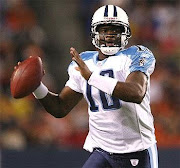































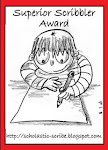







.gif)






















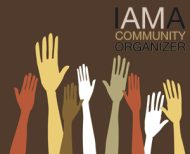










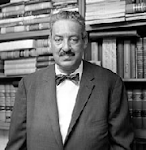







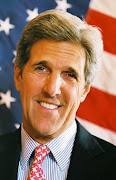













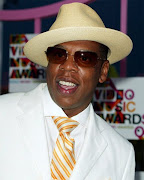



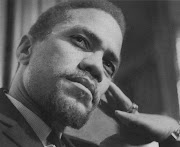


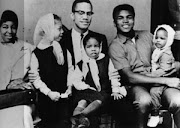








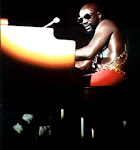








3 comments:
Beautiful, beautiful. My heart says it reminds me of Robert Service in style and feeling.
daddy: Love Hughes. Thanks for the background info too.
rainywalker: At some point, I'm going to do a series on what I called "People Poets." It would begin with Walt Whitman, move through Robert Service, Sterling A. Brown, Langston Hughes and come all the way up to June Jordan and Wanda Coleman. But I would also include people's poets from other countries like Pablo Neruda. I'm going to do it soon.
anon: Yes, we love him now. I hope this post and future posts will motivate people to do some research on their own. The more they look into this guy, the more impressed they'll become. He was not just a poet. He was a man of principle and integrity. Thanks
Post a Comment